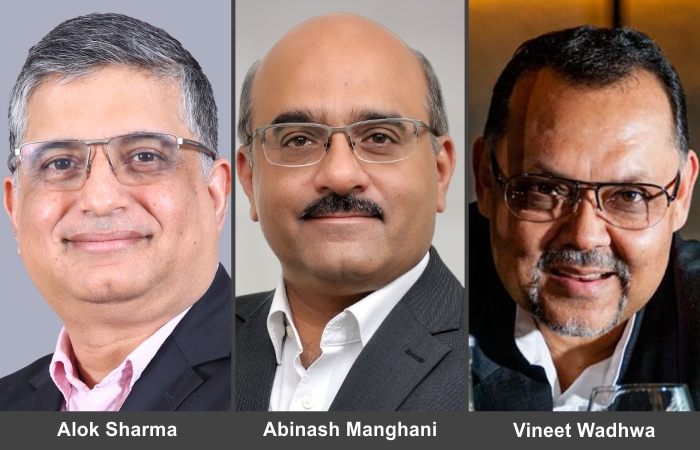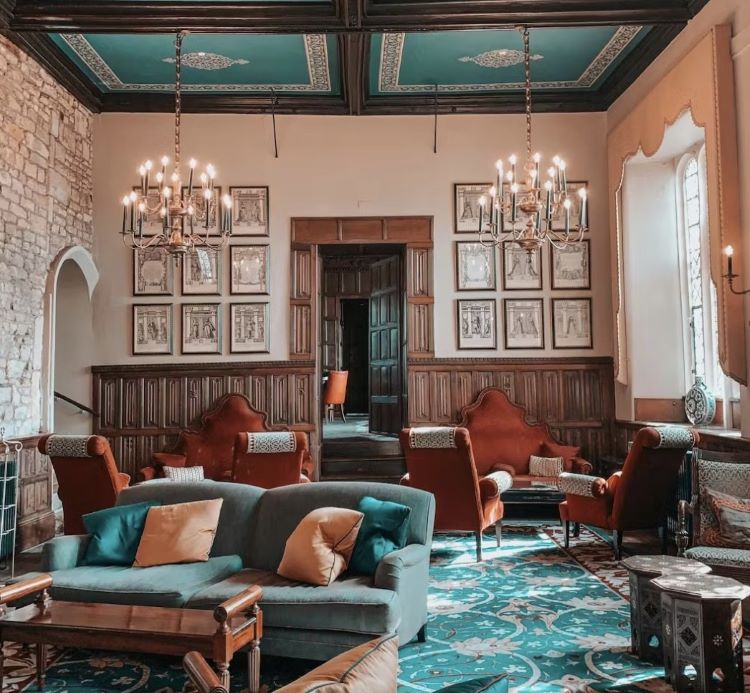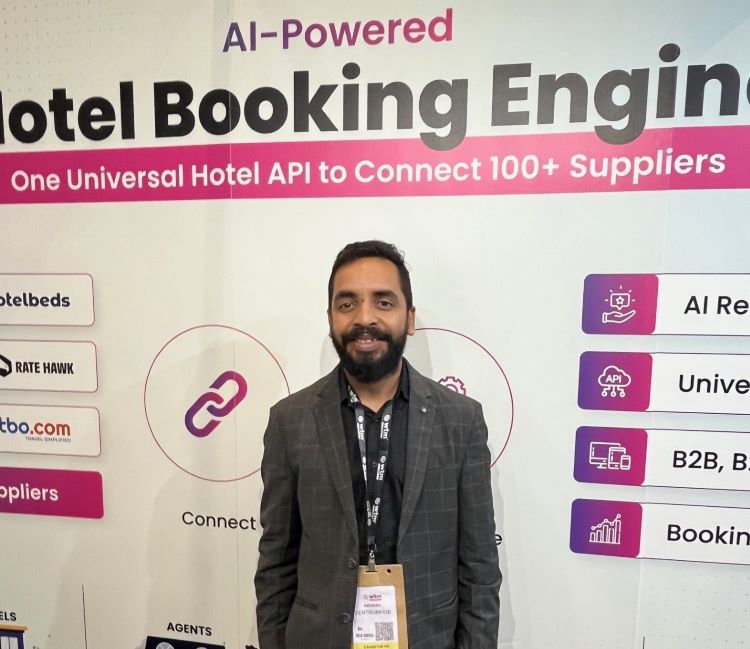The recent DDP Digital Conclave focused on hospitality revival and how it is thriving in the post pandemic world. Titled, ‘The Post Pandemic Reset’, the conclave discussed the way circumstances have changed post second wave and how technology will play a major role in resetting the post-pandemic world.
Nisha Verma
While COVID brought sustaining businesses to the fore, hospitality companies had to rejig their strategies to sail through the pandemic. For Abinash Manghani, CEO, WelcomHeritage, the main focus is to stay afloat. “You must survive this entire episode and as business owners, the most important metric is the cash flow of the organisation, though generating profits is not possible. The biggest concern customers have since phase 1 of the pandemic is safety.” he said.
Speaking about the scenario with restaurants, Vineet Wadhwa, Chairman & Managing Director, Fio Restaurants, said, “All this time the industry was glued to the top or bottom line as the main game. The pandemic has taught us to look, in between. After the first lockdown, in October we saw a very slow rise and hit about 80 per cent of our revenues by March, until COVID hit us again. Surprisingly, in July we are seeing figures that resemble that of March. We downsized, came out with limited venues and staffing, and the revenues were depleted. The revival happened with ingenuity, ideas and concepts of luring the diner. Looking at July figures, it seems, we should be stepping into the thriving phase since competition has got controlled and the survivors are seeing the chapter of March returning.”
Saying that the pandemic and viral attacks are going to be a way of life forward, Alok Sharma, CEO & Founder, Shycocan Corporation, shared, “ With the number of variants coming out, it seems the next pandemic could be 10 times worse. This means we need to be prepared. Several measures are being taken up in terms of hygiene and vaccination. Though at present technology must play the vital role. For this, a viral defence device is the technology that allows spaces to be safe. We believe that having a viral safety device will have to be a standard fitting in every area of all restaurants, just like air-conditioning and lighting.”
Changes in second wave
Manghani shared that the second wave has made all players, who weren’t earlier taking adequate steps, to come into mainstream. “Today a major concern is for the destination or hotel to follow the safety norms. Travel plans can change owing to changing protocols at different places or some family member falling sick. Hotels must recognise and ensure that payments are returned to respective customers,” he advised.
Wadhwa added, “The visible changes in dining include early eating habits and move to environment-friendly packaging. Everyone has learnt to work with a limited team and ensuring hygienic practices. This is a big change for India as they have learnt to queue up and not crowd up. There is preference for outdoor dining and local fresh produce.”
Building consumer confidence
Manghani revealed, “There is a clear shift towards branded hotels, whether it’s within cities or outskirts. Reports show that innovative marketing practices and people being cooped up at home, has resulted in hotels within the cities also beginning to do better. However, the trend is the boutique, small, 3-4 hrs away, nature-driven or wildlife driven destinations, which will stay. Travel will not go down as hotels after second wave have adapted to the new customer and will do far better.”
Trends in restaurants
Sharing the post lockdown trends in restaurants, Wadhwa said, “Healthy and fresh eating is on the rise. Highlighting the food sources on the menu has come as a suggestion. Every restaurant will work on a new menu with limited choices and better understanding on digitalisation like QR menu. In terms of technology, there are newer ideas like Shycocan, which is brilliant and we would like to experiment. Hence, new technology ideas are the way forward.”
Hospitality ready for technology
Sharma claimed “There is technology adoption in most restaurants with increasing digitalisation in processes. There is a need to look at things in terms of both bio safety and bio efficacy. If the industry could really put their might together, we can win consumer confidence and could be back to pre-COVID days. Many restaurants have adopted technology, and tell the customers that they are in a safe environment as they were earlier.”
he explained.
Sustainable recovery with pent up demand
Manghani believes that hospitality is a derive demand business. “Paradoxically, the whole business has become regulated because the government must clear travel, and if travel happens the derive demand comes to us and subsequently goes to restaurants or F&B facilities in those areas. In the meantime, hotels, destinations and tourism bodies will have to convert this whole game into a destination marketing game. If these destinations are considered safe and following stringent norms, as per the customers, I don’t see any major problem in demand. I only see that the rationale of travel is restricted in terms of RTPCR test and protocols being different everywhere.”
He believes that singular hotels can try and develop destinations. “If you are the only major player there, you should develop the destination before business comes to you. However, when there are multiple hotels and you think local state tourism bodies are not spending money in destination marketing, then it becomes your prerogative to come together with like-minded players and do something,” he added.
Govt norms & technology
Sharma stressed that they cannot go against the government directives. “Our technology is an extra layer of protection and the chances of somebody transmitting COVID to another person is virtually negligible. However, in hotel industry one cannot go and control every guest. While nobody should go against the government norms, an extra layer of protection will help you even if somebody broke that norm, especially in restaurants where people do put down the mask to eat,” he pointed out.
Move towards homestays
Calling it a societal response to COVID, Manghani revealed that in tourist destinations, hoteliers are earning half of what homestays are earning because they are predominantly discreet and independent. “The entire homestay belongs to the guest usually and one can manage safety far better for small numbers. Hence, hotels with villas are doing far better than match-box structures and people are willing to pay the difference,” he stressed.
 TravTalk India Online Magazine
TravTalk India Online Magazine





